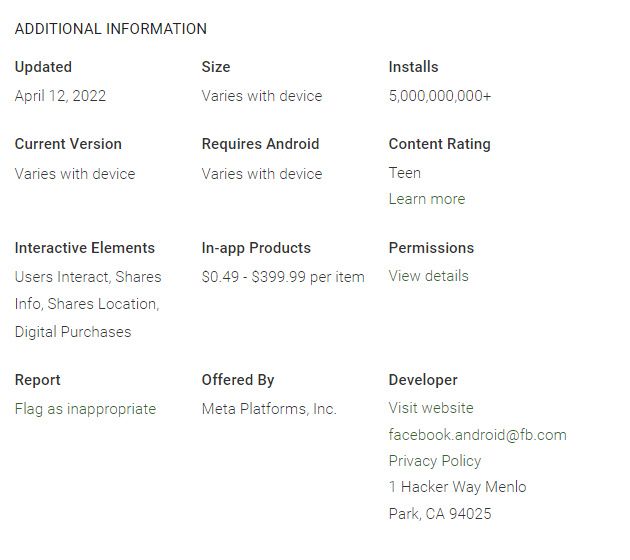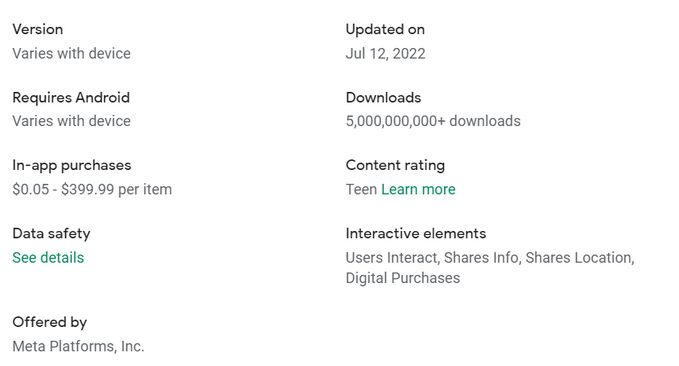If you’re looking to buy a media streaming device, Amazon’s Fire TV lineup provides a lot of options. There’s the basic Fire TV Stick, Fire TV Stick Lite, Fire TV Stick 4K Max, and Fire TV Stick 4K. All these devices have a similar dongle form factor and can be hooked to any display that has an HDMI port. Amazon also has an interesting device called Fire TV Cube, which can do much more than just streaming. Here’s why the Fire TV Cube might be a better choice for you over a Fire TV Stick.
Unconventional Design


The appearance is one of the most striking differences between the Fire TV Cube and a Fire TV Stick. All Fire TV Sticks follow the same general design. They’re slim, lightweight, and have a rectangular shape, almost like an oversized USB drive.
The Fire TV Cube looks beastly in comparison. The 3.4-inch square box measures 3.38 x 3.38 x 3.02 inches and weighs 465g. Unlike the Fire TV Stick, which hides behind your TV, the Cube is designed to sit near or in front of your smart TV. It looks stylish and will nicely complement your entertainment center. It has four buttons at the top, and a blue LED running across the top edge. Since the Fire TV Cube is a hefty device, ensure you have space around your TV.
Better performance, more storage
The Fire TV Cube is Amazon’s flagship streaming device. In terms of performance, the Fire TV Cube blows other Fire TV devices out of the water. Amazon says it’s the fastest in the Fire TV lineup. It’s powered by an Amlogic S922X hexa-core processor, featuring four Cortex-A73 performance cores clocked at 2.2GHz and two Cortex-A53 efficiency cores running at 1.9GHz.
In comparison, the Fire TV Stick 4K Max is powered by a quad-core MediaTek CPU clocked at 1.8GHz. While Fire Sticks are prone to sluggishness and lags in the long run, it’s unlikely to be an issue on the Fire TV Cube. The Cube will feel more responsive and zippier in day-to-day usage as it has more RAM and raw power to draw from. Also, if you’re planning to do a bit of gaming or graphics-intensive work, the Fire Cube is a better choice as it has a faster GPU.
The Fire TV Cube packs 16GB of onboard storage compared to 8GB on other Fire TV devices. More storage means more room for apps and media files.
Coming to the streaming performance, the Fire TV Cube offers 4K HDR streaming with Dolby Vision and HDR10 support. In this regard, it’s neck to neck with the Fire TV Stick 4K and Stick 4K Max, both of which offer 4K HDR streaming at 60fps. Meanwhile, the basic Fire TV Stick and Fire TV Stick Lite max out at 1080p 60fps streaming.
It’s essentially an Echo speaker that can also stream

The biggest difference between the Fire TV Cube and a Fire TV Stick is hands-free Alexa. The Fire TV Cube is essentially a full-fledged Echo speaker that can stream as well. It has a built-in 1.6-inch (40mm) speaker and eight far-field omnidirectional microphones that can pick up your voice from across the room. That means you talk to Alexa and give commands without touching the remote. And since it’s essentially an Echo speaker, you can also control your other smart home devices such as lights, security cameras, thermostats, etc. The Fire Stick can also manage your IoT devices, but you first need to connect your devices to an Echo speaker.
You can control your TV and sound system
The Fire TV Cube comes with HDMI-CEC and infrared (IR), allowing you to control your TV, soundbars, A/C receivers, and satellite boxes using Alexa.
You can control the power and input switching on your TV, turn up or down the volume of your soundbars, or switch to cable using just your voice. For example, you can say, “Alexa, turn on the TV” or “Alexa, turn up the volume.” In select markets such as the US, UK, and Germany, you can even change channels on your cable or satellite box with voice — “Alexa, tune to ESPN on cable.”
Basically, the Fire TV Cube makes it possible to control your entire entertainment system with just voice commands without having to fiddle with remotes or separate controls, making the experience seamless.
Ethernet connectivity out of the box

Connectivity options are limited with a Fire TV Stick as you only get HDMI and USB ports. The Fire TV Cube has an HDMI, infrared, and micro USB port. The Cube also comes with an ethernet adapter for wired internet connectivity. This can come in handy if your Wi-Fi isn’t strong enough and there are other devices in your household fighting for bandwidth. The Fire TV Stick and the Stick 4K also support ethernet connection, but you need to buy the adapter separately.
Bottom line
The Fire TV Cube is a unique device that’s better in many ways than a Fire TV Stick. While it’s more expensive than the top-end Fire TV Stick 4K Max, it also brings a lot of value. It’s much more than just a streaming box, combining the power of an Echo speaker with a Fire TV Stick. In addition to offering hands-free control for content playback, the Fire TV Cube lets you control your TV, sound system, and satellite box with voice commands.
The Amazon Fire TV Box is an amalgamation of an Echo speaker and a Fire TV Stick.
Since the Fire TV Cube also happens to be a full-fledged Echo speaker, it can act as a central hub for all your smart home devices, including lights, thermostats, and security cameras. Not to mention the Fire TV Cube offers better performance and more storage than a Fire TV Stick. Instead of buying an Echo speaker and a 4K-powered Fire TV Stick, you should get the Fire TV Cube instead and shoot two birds with one stone.
If you simply need streaming capabilities and aren’t interested in adding smart speakers to your setup, then the Fire TV Sticks remain better choices.
The post Why you should buy a Fire TV Cube over a Fire TV Stick appeared first on XDA.
from XDA https://ift.tt/xv0Q2sS
via
IFTTT














